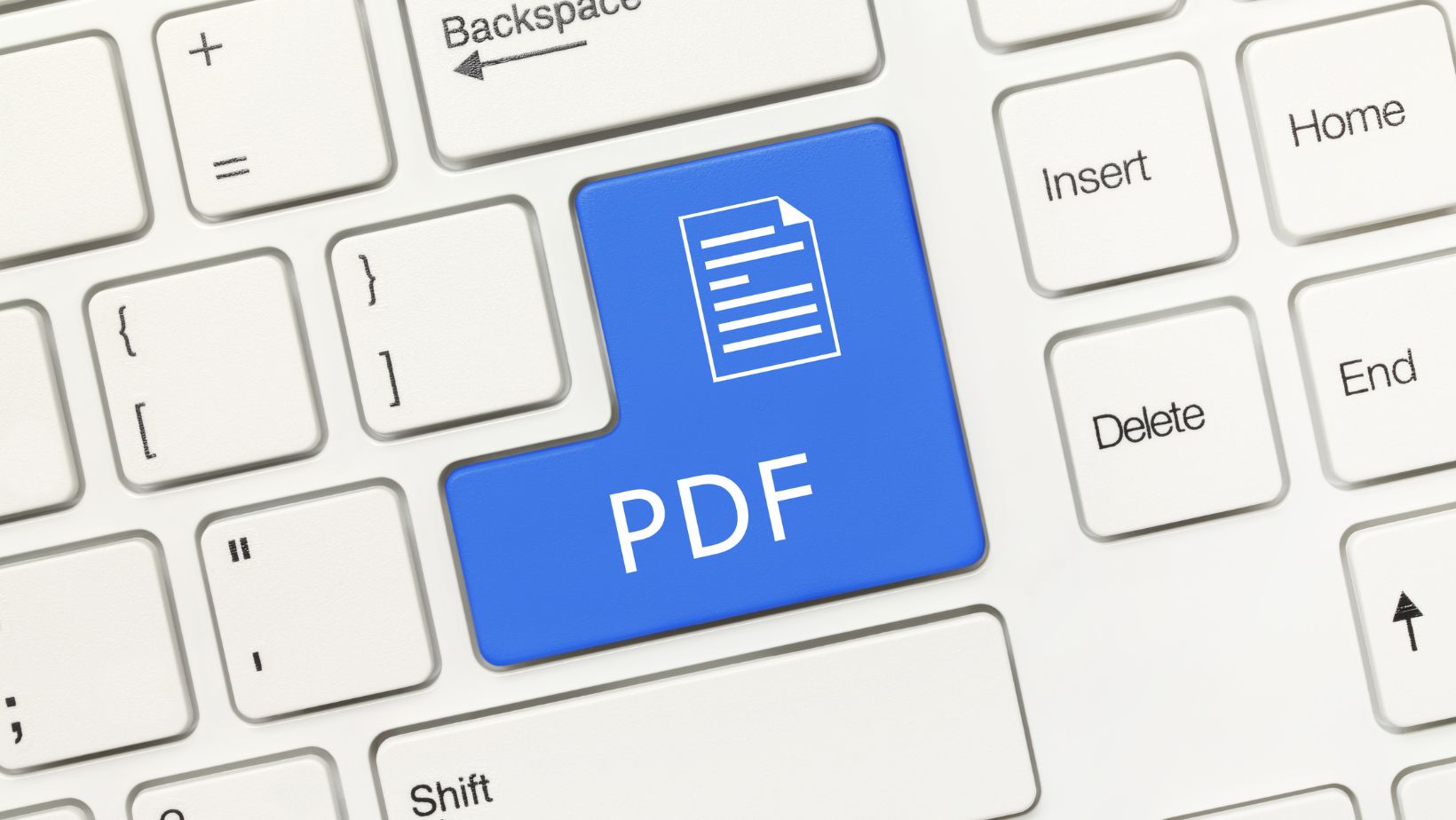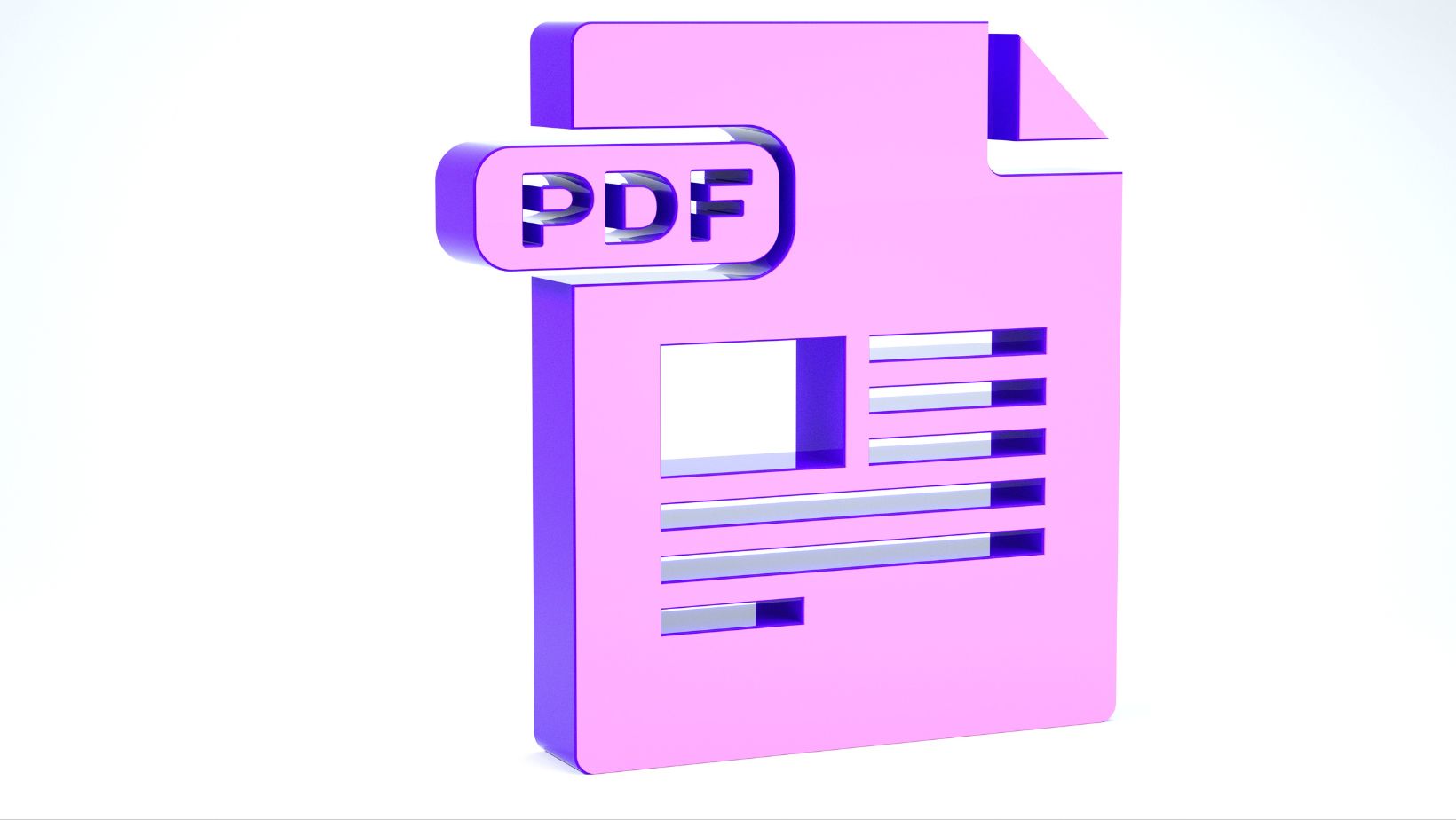
If you often encounter slowdowns on your computer, bulky PowerPoint files might be weighing down your system. Deleting these important presentations isn’t viable since you may need them later. A practical solution is conversion. This not only helps declutter your device’s storage but also simplifies the process of sharing documents.
Wondering how to convert PowerPoint to PDF files? We’re here to help. In this guide, we’ll dive deep into the steps and benefits of transforming your PPT files into more manageable PDF formats.
From PPT to PDF: What are the Benefits?
PDFs and PPTs each serve their unique purposes, suited to different needs. PDFs are your go-to for straightforward document viewing and sharing, maintaining a uniform layout across devices. Meanwhile, PPTs are great for creating lively and interactive presentations.
Yet, when your needs change, converting from one format to another can be a win-win case. Now, let’s get to specifics.
- PDFs are more compact and easier to distribute than PowerPoint files, which makes them quicker to download, upload, and store.
- When enabled with text recognition technology, PDFs let you search for specific text or phrases within the document.

- Using PDF editing software not only facilitates file conversion but also provides a suite of tools such as electronic signing, file compression, editing, and merging. This is particularly useful for those seeking a comprehensive document management solution.
- PDFs maintain the integrity of your content across different devices, ensuring that fonts, layouts, images, and text remain consistent and intact during transfers.
- Software and applications often update, making older versions of documents, spreadsheets, and slides unusable. However, PDF files remain consistent and functional across these changes.
How to Convert PPT to PDF on Windows 11?
You can easily transform PowerPoint presentations into PDF files using Microsoft PowerPoint itself. The application provides a simple conversion process with two different options to choose from. Here is the first one:
- Launch Microsoft PowerPoint, open your PPT file, and navigate to the File menu.
- Select More and then choose Export.
- From the export choices, select Create PDF/XPS.
- To complete the conversion, hit the Publish button.
And here is the second option:
- Open your PPT file, then go to Save As > This PC > Documents.
- Name your file and select PDF from the dropdown menu under Save as type. Finally, click the Save button to complete the process.
How Do You Convert PPT to PDF Online?
Regardless of your operating system, you can opt for an online PPTX to PDF converter. The market is full of choices, including free and paid apps with extra features to cover all your document management needs.
Meanwhile, here’s a general outline to guide you:
- Log into your account and choose the PPT or PDF tool.
- Upload your file.
- Wait for the tool to finish the conversion.
- All done! Save the PPT as a PDF to your device.
*Just a heads up, the steps might differ based on the application you’re using.
Tips for Enhancing your PDF File Quality
Turning your PowerPoint presentations into high-quality PDFs is simple with these effective methods:

- Optimize image clarity. Ensure that all images in your presentation are high-resolution before conversion. This ensures your PDFs will look sharp and clear.
- Select universal fonts. Opt for fonts that are commonly available across various systems. This practice helps maintain your text’s integrity and readability within a PDF file.
- Manage file size. If your PDF ends up too large, consider employing tools to compress the file size without losing clarity.
- Organize slide layouts. Check that each slide is clean and organized. Overcrowded designs can translate into chaotic PDF pages.
- Ensure functionality of interactive elements. Double-check that any embedded links or multimedia in your presentation work smoothly in the converted PDF to preserve the interactive nature of the original slides.
Do People Use PDFs for Presentations?
Actually, PDFs are a popular choice for presentations across various industries. Professionals like insurance and sales agents frequently use this format to distribute marketing materials. Many companies also prefer PDFs for sharing internal documents. If you’ve ever attended a convention and seen presentations conducted on a tablet, those were likely in a PDF format.
Final Thoughts
PowerPoint presentations are great for creating engaging, dynamic content, while PDFs are favored for their reliability and consistent display across various devices and platforms. Converting from PowerPoint to PDF has advantages, including reduced file size, steady compatibility with updates, better security, and improved shareability, which can streamline document management significantly.













